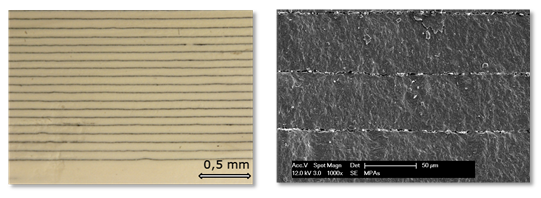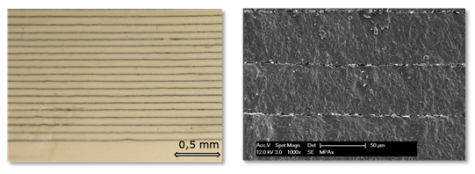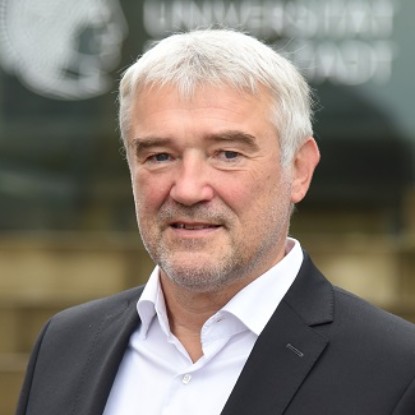Components and Properties, High-Voltage Laboratories
Head: Prof. Dr. Volker Hinrichsen
The subproject “Components & Properties” investigates the possible applications of antiferroelectric materials in the sector of energy technologies. Due to their high permittivity, antiferroelectric materials can be used for the construction of high energy and power density condensing towers. Therefore, this material has the potential to construct compact inverters. The specific properties of capacitors with antiferroelectric dielectrics are characterized by dielectric spectroscopy at the respectively technically relevant frequencies. Furthermore, their power dissipation and breakdown field strength are experimentally determined. As a result of the field-dependent permittivity, antiferroelectric materials can be used additionally in the insulation system as refractive field control material in high-voltage insulators. The high-voltage conductor is coated with a material which exhibits a high dielectric constant under these conditions. Thus, the electric field is displaced by the cable sheath and therefore reduces the maximum field strengths.
In the course of the project, composite insulators made of epoxy resins and silicone rubber with the addition of antiferroelectric materials are produced and characterized. The focus is on the modeling and optimization of the electric field distribution in the composite insulator. This task is supported by finite element analysis (FEM) simulations. Furthermore, the long-term stability of the composite insulators and capacitors via electrothermal aging is evaluated.
Capacitors, Nonmetallic-Inorganic Materials Division
Head: Prof. Dr. Jürgen Rödel
Newly developed antiferroelectric ceramics will be converted into plate capacitors and multilayer capacitors in the project “Reliability of antiferroelectric multilayer capacitors”. The latter will be produced by tape casting, screen-printing and co-sintering (Fig. 1). This allows tapes manufacturing of a different-thickness, which enables different thickness of dielectric layers in the capacitor. This is important as the thickness is a key parameter of dielectric breakdown strength. Next to a scientific analysis of dielectric breakdown, electrical conductivity will be considered using impedance spectroscopy. Electric fatigue as degradation of function of electric cycles is also a part of the reliability analysis. Next to these issues of reliability of application-relevant components, essential property profiles, such as energy storage capacity as function of a mechanical load and temperature, will also be investigated.








